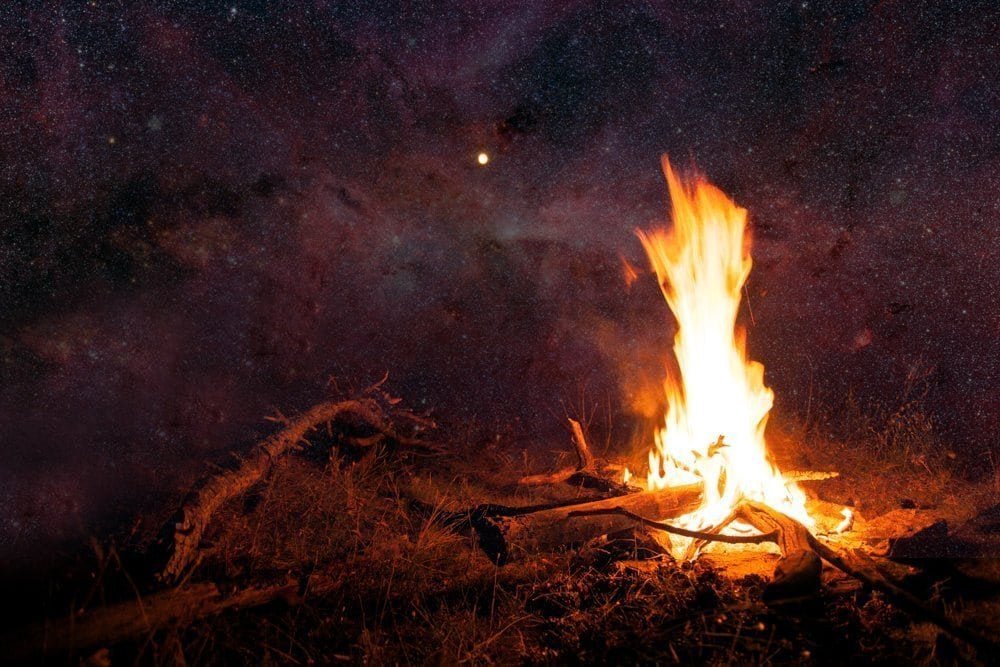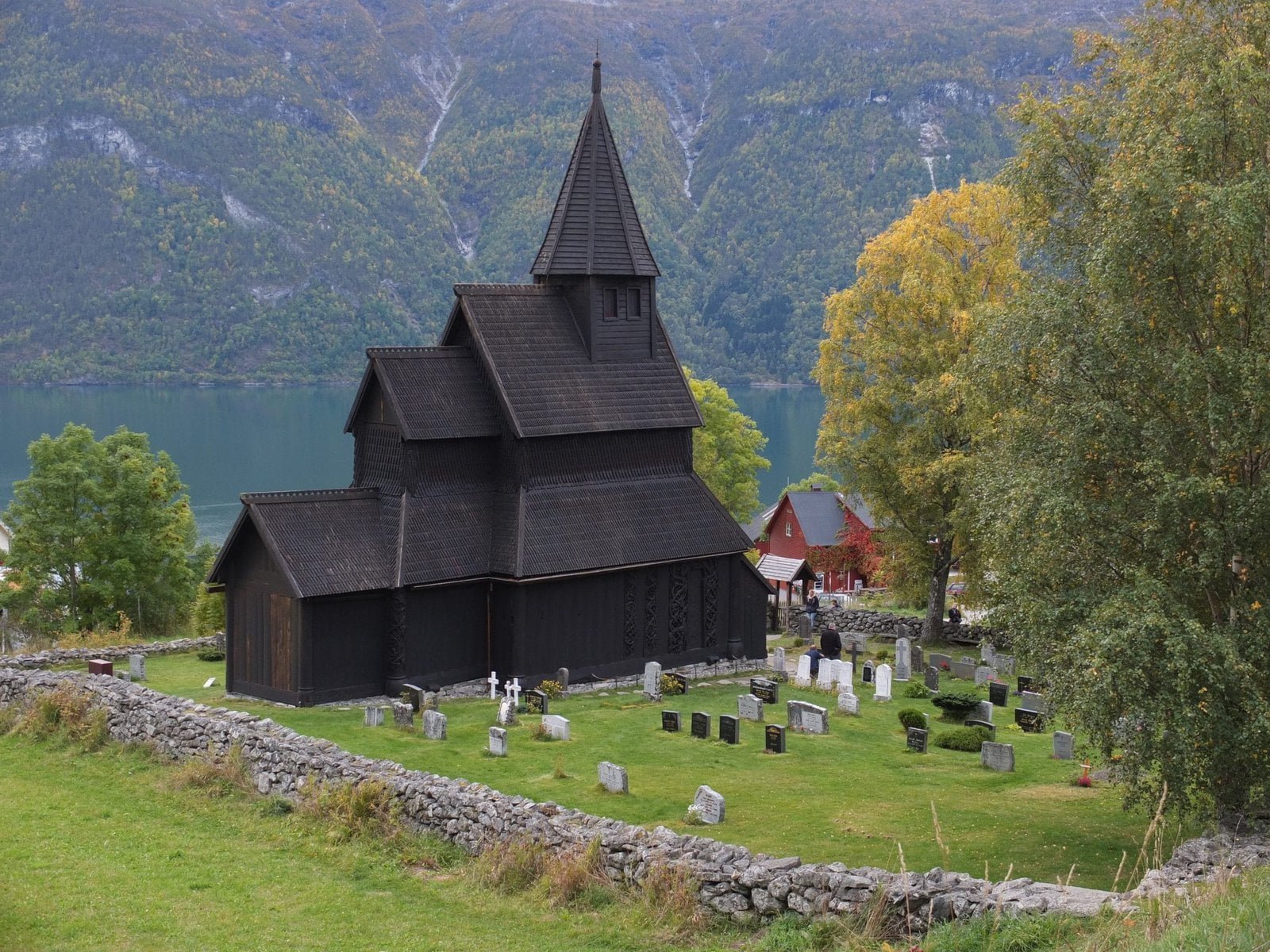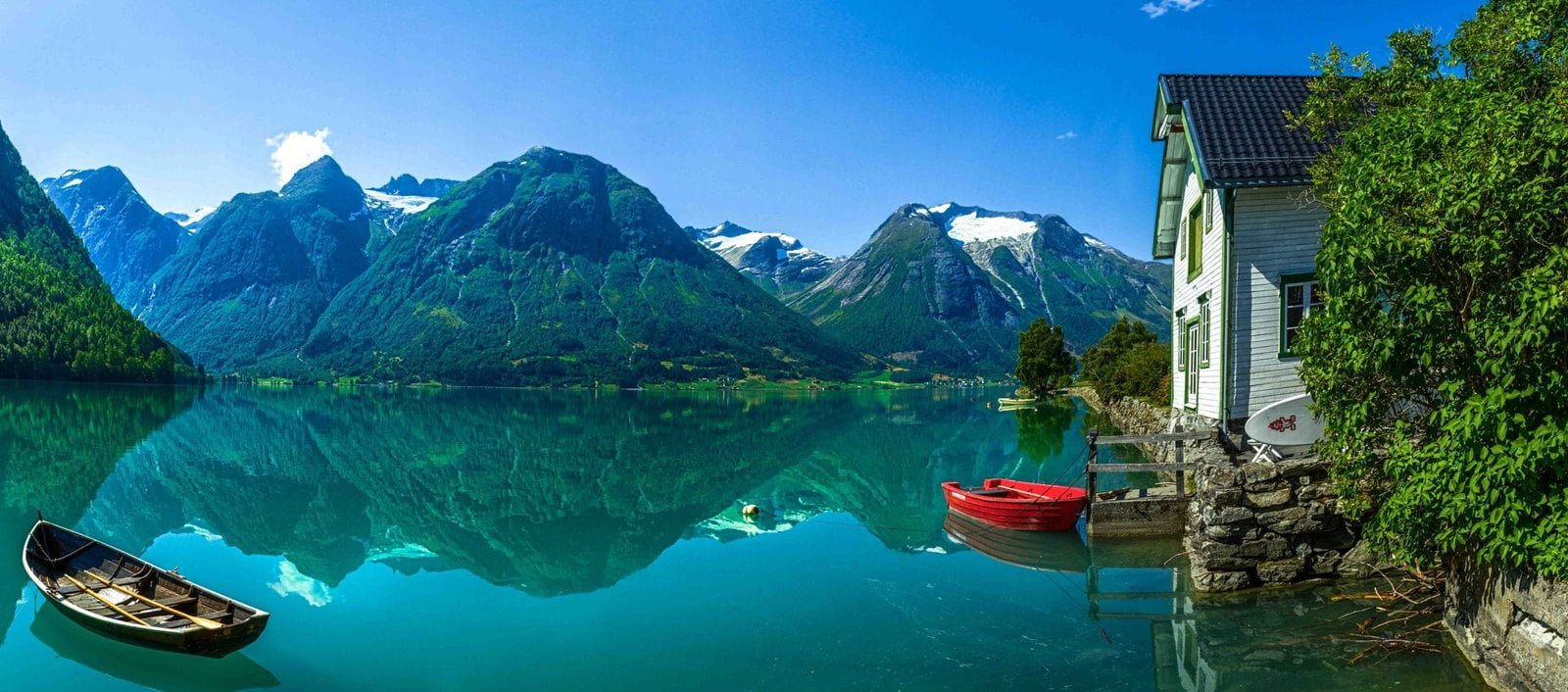The first humans
In Norway, human history begins with the end of the last ice age, some 10-15,000 years ago. As the ice melted and disappeared, flora and fauna followed in its wake. And so did small groups of women, men, and children.
Hunters, fishers, and gatherers
The early people were nomadic or semi-nomadic hunters, fishers, and gatherers. They followed the paths and seasonal movements of their prey – both on land and in the waters along Norway’s long-stretched coastline.
Farming came in from the south
Towards the end of the Stone age, around 2400 BC, northbound migrants from the European continent brought with them the knowledge of farming. This was the feeble beginning of a culture that has played a major role in Norwegian history.
Bonde = farmer
The Norwegian word for farmer – bonde – stems from the old Norse búandi, which can loosely be translated as the one who has a permanent abode. The hunters, fishers, and gatherers moved with the seasons and the prey – but the farmers settled and stayed in one location.
Used fire to clear land
The Stone-age-tools were simple, and the early farmers used fire to clear their first fields. Suitable patches of forest- and shrubland were burned, and grain and other food plants were planted in the soil. The ash from the fire worked as a fertiliser.
When the soil got depleted
After a few years, when the soil had lost most of its nutrients, the farmer repeated the process and cleared and burned new sections of land. The early farmers had the luxury of choosing the best locations, with the best sun and soil conditions.
Man-made moorland
The historical Norwegians also used fire to create and maintain rich grazing land. On the west and southern coast of Norway, south of the Arctic Circle, we find significant man-made sections of moorland – covered with heather, grass, and shrubs. Annual fires kept larger trees at bay, and thus the forests. The relatively mild winters in this part of the country allowed some of the domesticated animals to stay outdoors all year round.
Working the same fields for generations
With time, the farmers found several ways to replenish the soil, and were able to use the same fields for centuries; by working animal manure into the ground, rotating their crops, and leaving a field to rest every few years.
Main source: «Vår gamle bondekultur» by Kristoffer Visted and Hilmar Stigum – J.W.Cappelens Forlag 1975.











